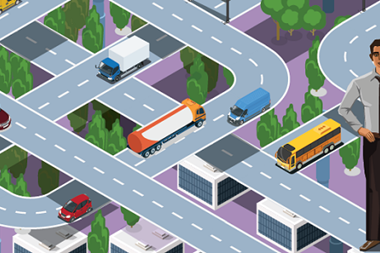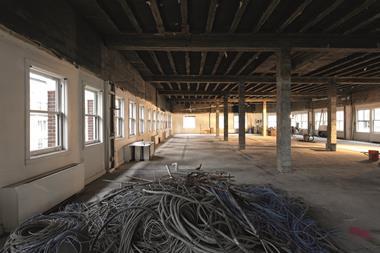A call from the regions for central government to further invest in national infrastructure to link the country’s main cities, as voiced during the BPF roadshow, is all well and good, but it is going to be the individual authorities and local enterprise partnerships themselves that determine whether or not the benefits of such investment are maximised).

While the government will no doubt commit to these major projects, it has also been very clear in its intention to pass the responsibility for local infrastructure development to devolved regional governments.
For the proposed transport networks to improve connectivity and promote economic growth, city authorities need to look closely at the infrastructure and town planning where these routes join their cities.
The easy option is to build new roads and railways to cut through our urban regions. But time and time again, history has shown that the easy option with new infrastructure divides communities.

Instead there is a real opportunity for a clever approach to our urban environment that reconnects our communities by burying road and rail infrastructure.
High infrastructure costs have always been an issue, but in our cities the value of the new commercial land that is created becomes the enabler.
This is something that is being implemented with great success in cities such as Gothenburg and Stockholm to provide environmental enhancement, community connectivity and economic growth.
To reap the same benefits here will take many years of planning, so it is vital that, while continuing to lobby central government for the infrastructure funding required, council bosses also start to look at the practical application of making it happen for their communities.
Scot Parkhurst, managing director, Tyréns UK






























No comments yet